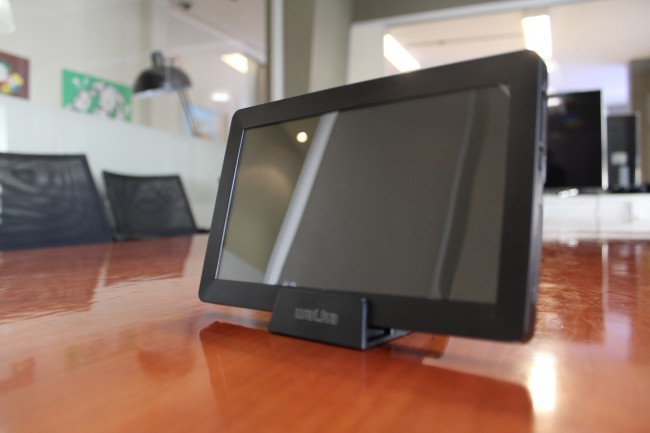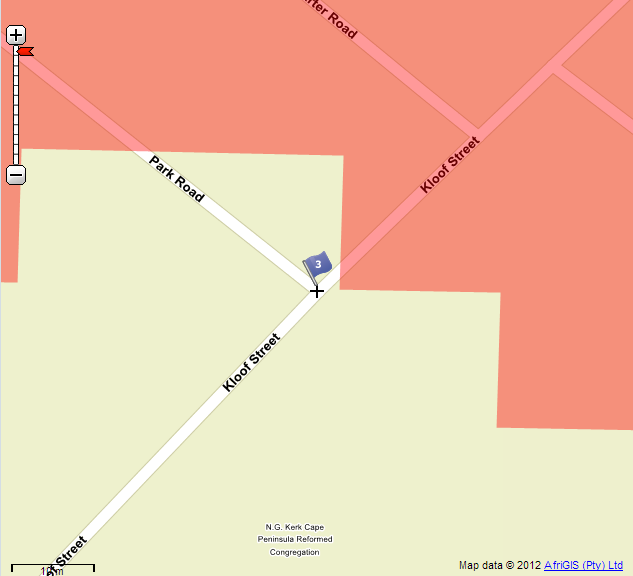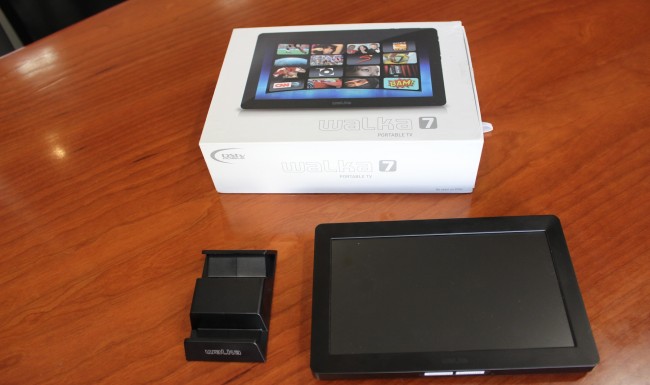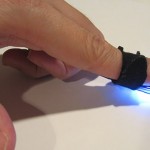Side hustles are no longer optional in South Africa. With food inflation still above 8 percent and electricity, transport and mobile data costs climbing…
DSTV Mobile Walka 7 review: is bigger really better?

The Walka 7 is DSTV Mobile‘s latest offering for mobile television viewing. It’s sporting a 7-inch display, twice that of the previous Walka handheld device.
Has the increase in screen size affected the quality of this newest device?

First impression
When I first got my hands on the Walka 7 I was surprised by the sheer weight of the it. Its pretty hefty and not ideal for viewing while travelling. It’s better suited to a stable surface with movement kept to a minimum.
Setup
Activating the Walka 7 proved to be quite the task. It only works in DVB-H enabled coverage areas. I did not think this would pose much of a problem. I was wrong. For some inextricable reason, the Gearburn office fell outside the normal coverage zones. This was made more frustrating when using DSTV Mobile’s coverage guide to check my location status, only to find out that every surrounding building had coverage. I found myself in a “Bermuda Triangle-esque” zone. This meant no TV at the office. After a few face-palm inducing phone calls to Multichoice’s call centre I got the device to work.

Controls and features
The Walka 7 features on-board controls to adjust volume, set the necessary aspect-ratio and change channels. Users are given a fairly varied range of channel options. The service offers news, sports, music, series and kids entertainment channels as well as volume and channel selection controls on the unit itself. The one criticism of the control function is that it is only located on the device. It ideally requires a remote, as having to handle the device can become tedious.


(Not) resolutionary
Turn on the device, it becomes glaringly obvious that DSTV Mobile has not improved the quality of display. The screen resolution is exactly the same when compared to the original handheld Walka. This ultimately diminishes the user’s viewing experience as the image now looks stretched and barely capable of handling the new dimensions. This forces users to strain their eyesight when watching an often grainy and distorted image. The experience is similar in quality to viewing Youtube clips on an entry-level smartphone. This is an area that I thought the Walka 7 would look to shine and has left me bitterly disappointed.
As far as sound goes, the Walka 7 gets the job done. Its built in twin speakers won’t blow users away but can definitely handle the volume being turned up. The device’s best feature however is its battery life. Boasting an impressive five plus hours of viewing time, this feature gives the Walka 7 a distinct edge over other DSTV Mobile products.

Pricing
The Walka 7 will set you back around R900, not factoring in the R49 monthly subscription fee (not applicable to DSTV Premium subscribers). When weighing up against other DSTV Mobile products, the Walka 7 doesn’t stand out as the best purchase. My advice is to rather stick with the handheld Walka, it makes the most sense. The handheld version goes for around R700 along with the same R49 monthly subscription payments. When put side-by-side with the Walka 7, the difference in screen resolution is negligible. The handheld Walka is more discreet, easier to carry and quickly whipped out when bored.
Overall verdict
The Walka 7 is a decent enough device to keep users mildly satisfied. It is not however, the flagship of DSTV Mobile’s range. When new versions of a portable TV device are attempted, three important factors need to be considered. One, the device must be usable in any and all populated areas of the country. Two, a new HD screen should be incorporated to enhance the viewing experience. Lastly, add a remote… Please!

